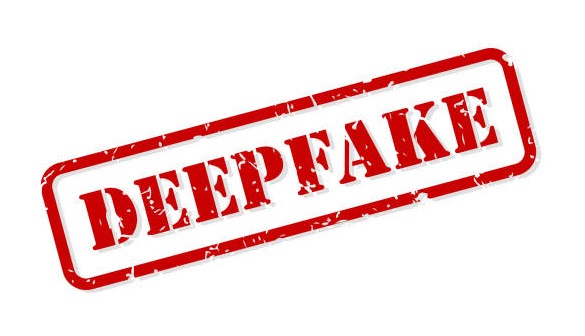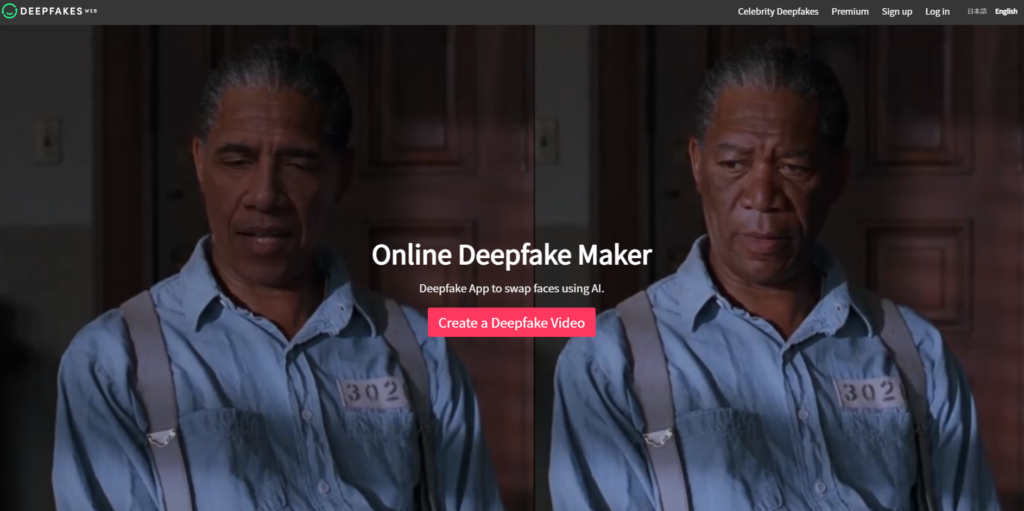AI deepfakes are synthetic media that use artificial intelligence to manipulate the appearance or voice of a person or an object. They can create realistic and convincing videos, images, or audio that show someone doing or saying something that never happened. While some AI deepfakes are harmless or even entertaining, such as swapping the faces of celebrities or impersonating famous voices, others can be malicious and harmful, such as spreading false information, defaming someone’s reputation, or violating someone’s privacy. In this article, we will explain how AI deepfakes work, how to spot them, and how to protect yourself from their potential harm.
How AI deepfakes work
AI deepfakes are created by using deep learning, a branch of artificial intelligence that involves training neural networks on large amounts of data. Neural networks are mathematical models that can learn patterns and features from data and generate new outputs based on what they have learned. Different types of neural networks can be used to create AI deepfakes, such as:
- Generative adversarial networks (GANs): These are composed of two competing neural networks: a generator and a discriminator. The generator tries to create fake images or videos that look real, while the discriminator tries to distinguish between real and fake ones. The generator learns from the feedback of the discriminator and improves its output over time. GANs can be used to create realistic faces, bodies, or scenes that do not exist in reality.
- Autoencoders: These are neural networks that can compress and decompress data. They consist of two parts: an encoder and a decoder. The encoder reduces the input data to a lower-dimensional representation, while the decoder reconstructs the original data from the representation. Autoencoders can be used to swap the faces or voices of different people by encoding the features of one person and decoding them with the features of another person.
- Transformers: These are neural networks that can process sequential data, such as text or speech. They use attention mechanisms to focus on the most relevant parts of the input and output sequences. Transformers can be used to generate realistic text or speech that mimics the style and content of a given source.
How to spot AI deepfakes
AI deepfakes are becoming more sophisticated and harder to detect by human eyes or ears. However, there are still some clues and signs that can help us identify them. Here are some tips on how to spot AI deepfakes:
- Look for inconsistencies: AI deepfakes may have some flaws or errors that do not match the context or reality. For example, you may notice unnatural facial expressions, lip movements, eye movements, skin tones, lighting, shadows, reflections, backgrounds, or sounds. You may also notice inconsistencies in the metadata of the media file, such as the date, time, location, or source.
- Look for sources: AI deepfakes may lack credible sources or evidence to support their claims or authenticity. For example, you may not find any original or reliable sources that can verify the origin or validity of the media file. You may also find conflicting or contradictory information from other sources that can challenge or debunk the media file.
- Look for motives: AI deepfakes may have ulterior motives or agendas behind their creation or distribution. For example, you may find out that the media file is intended to influence your opinion, behavior, emotion, or decision on a certain topic or issue. You may also find out that the media file is part of a larger campaign or strategy to manipulate public perception or opinion.
How to protect yourself from AI deepfakes
AI deepfakes can pose serious threats to our personal and social well-being. They can damage our reputation, privacy, security, trust, democracy, and truth. Therefore, it is important to protect ourselves from their harm and prevent them from spreading further. Here are some ways to protect yourself from AI deepfakes:
- Be critical: Do not believe everything you see or hear online. Always question the source, content, and purpose of the media file before you accept it as true or share it with others. Use your common sense and logic to evaluate its credibility and reliability.
- Be informed: Educate yourself about AI deepfakes and how they work. Learn about the techniques and tools that can create or detect them. Stay updated on the latest developments and trends in this field.
- Be responsible: Do not create or distribute AI deepfakes that can harm others or yourself. Respect the rights and dignity of other people and do not violate their consent or privacy. Report any suspicious or malicious AI deepfakes that you encounter online to the relevant authorities or platforms.
Thoughts
Synthetic media that use artificial intelligence to alter the appearance or voice of a person or an object are known as AI deepfakes. They can offer various opportunities, both creative and constructive, but they can also pose significant threats to our personal and social well-being. Therefore, it is vital to be alert and educated about their existence and potential harms and to take appropriate actions to spot them and protect ourselves from them. By doing so, we can safeguard our trust in ourselves, in others, and in the truth.



